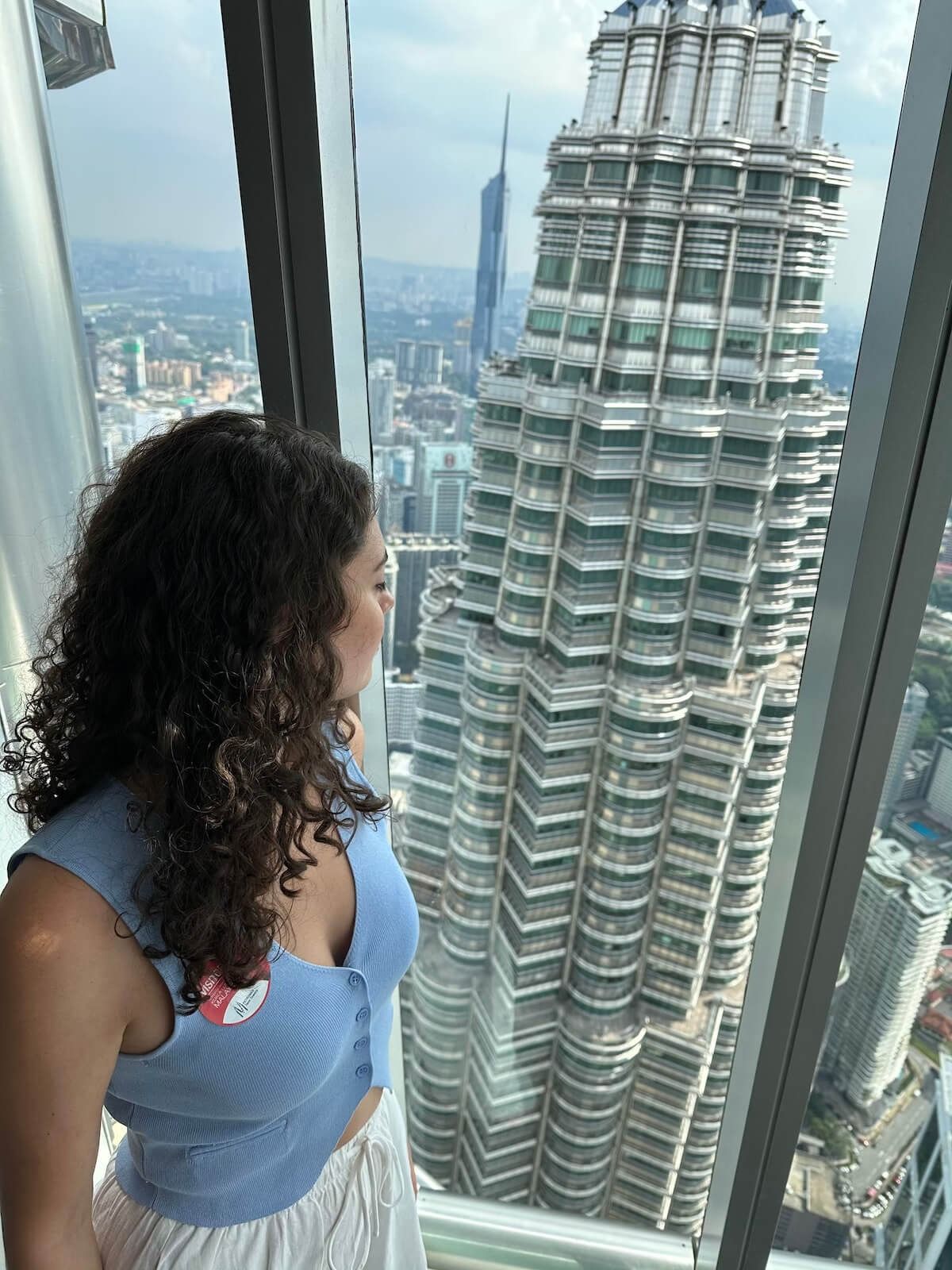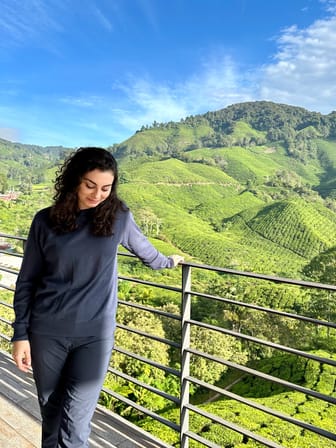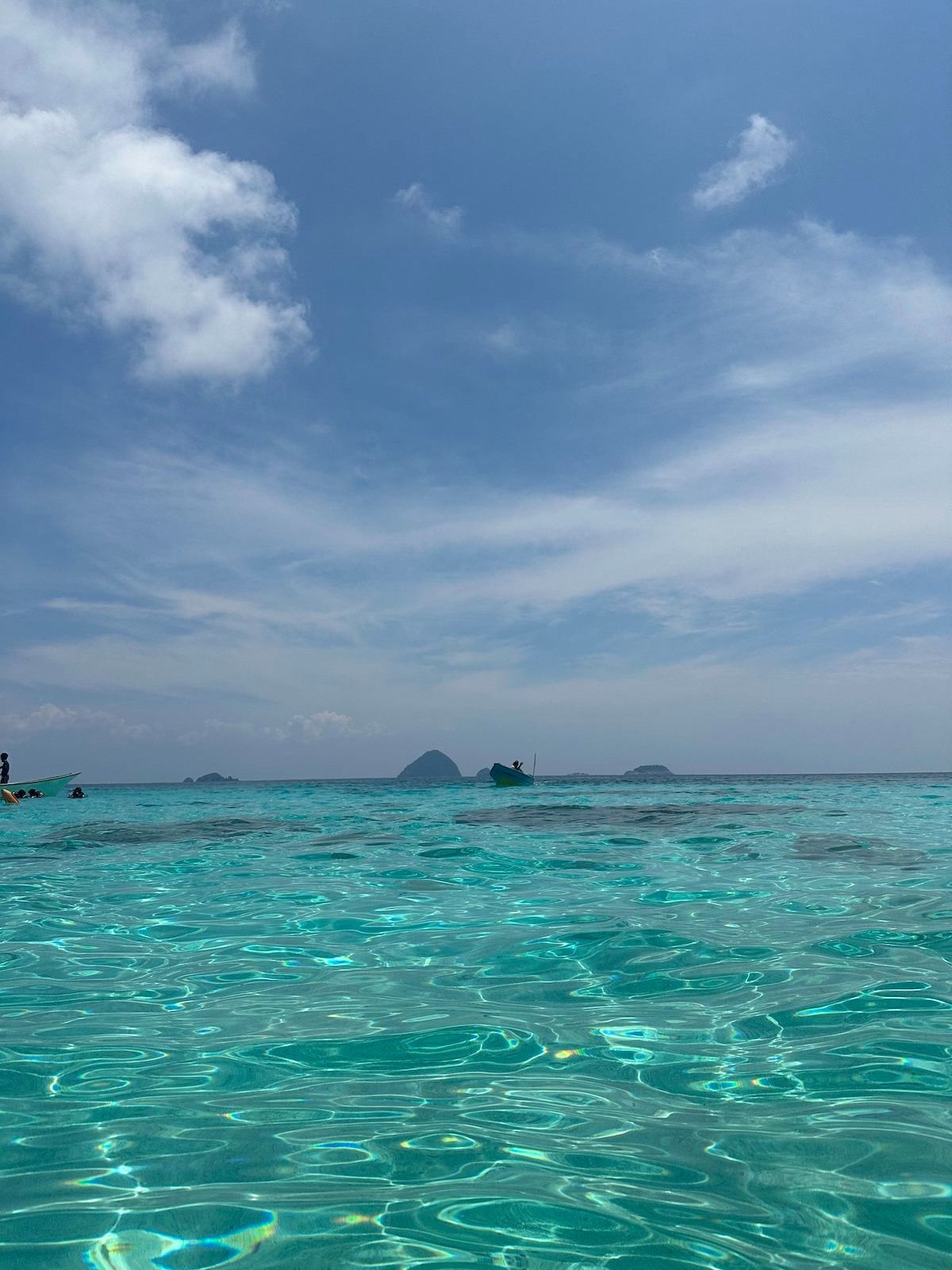Singapore 3-day itinerary
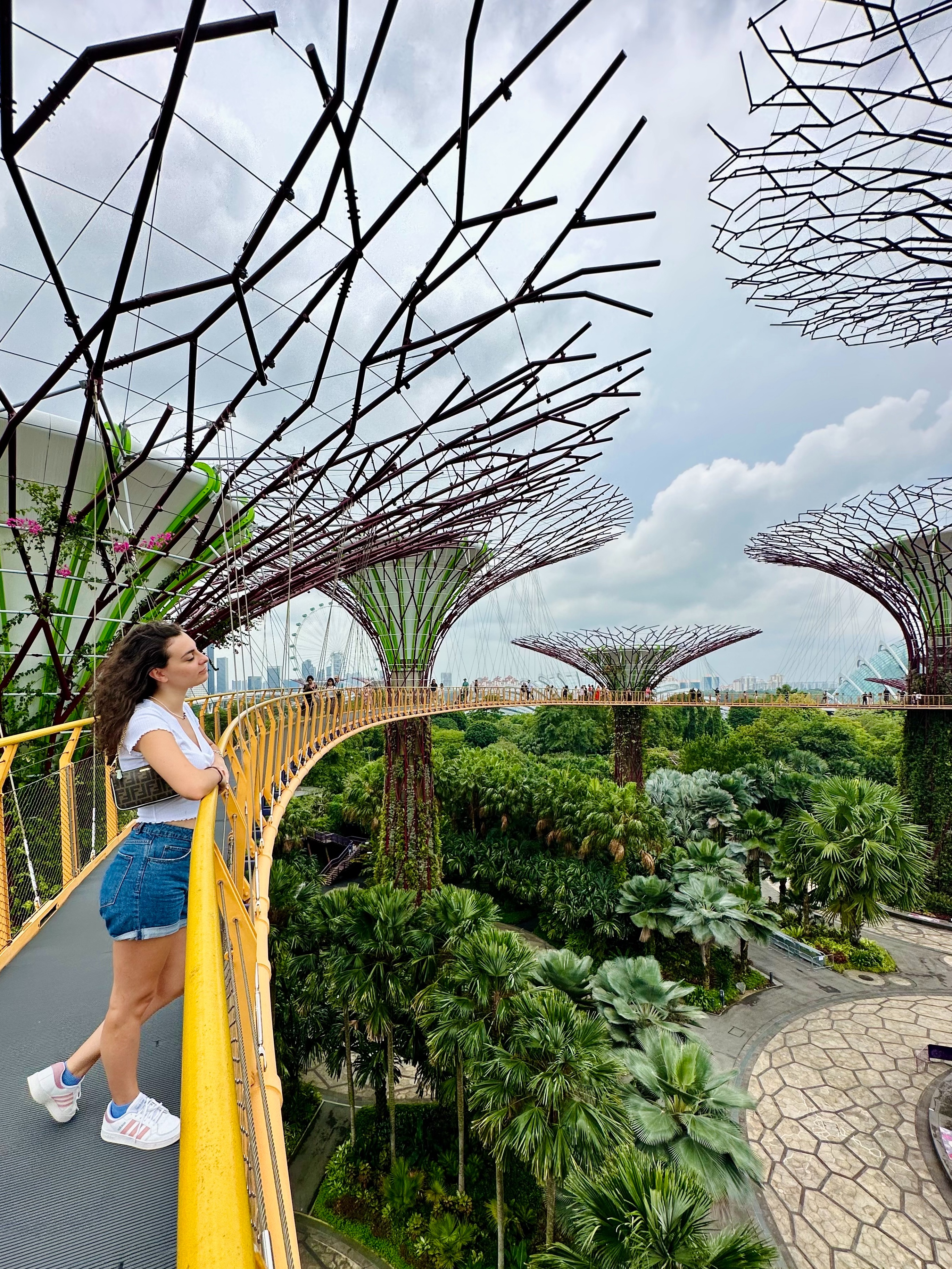
Singapore
From the futuristic skyline dominated by Marina Bay Sands and the Supertree Grove to the historic shophouses and temples in Chinatown, Singapore is a city of contrasts. Indulge in a diverse culinary scene, with everything from Michelin-starred hawker stalls to world-class fine dining. Explore vibrant neighborhoods, lush green spaces, and cutting-edge attractions. While you’re here, don’t miss the chance to experience the city’s vibrant nightlife and breathtaking views from rooftop bars. Singapore offers a clean, efficient, and multicultural urban experience like no other.
When to Visit Singapore
Singapore is a year-round destination due to its consistent tropical climate. The weather remains fairly constant, with temperatures averaging between 24°C and 32°C throughout the year.
The most pleasant time to visit is during the dry season from February to April, when rainfall is lower and humidity is slightly reduced, making it ideal for outdoor activities.
Summer (June to August) is hot and humid, the best times to visit outdoor areas is in the morning or in the evening.
Autumn (September to November) brings more rain and occasional smog, but the city's festivals and events keep it lively, and travel deals are more abundant due to fewer tourists.
Winter (December to February) sees the Northeast Monsoons, with cooler and rainier weather, but the festive spirit during Christmas and New Year's makes it a vibrant time to visit.
How to Get Around in Singapore
Walking
Singapore is a pedestrian-friendly city with well-maintained sidewalks, pedestrian crossings, and numerous parks and green spaces. Many key attractions are within walking distance of each other, especially in central areas like Marina Bay, Clarke Quay, and Chinatown.
MRT (Mass Rapid Transit)
The MRT is Singapore’s highly efficient and extensive subway system, covering most of the city and its key attractions. It is a fast, reliable, and affordable way to travel.
— Tickets: Just tap in and out, always using the same card or device to tap in and out to ensure correct fare charges.
Payment Options:
— Contactless Bank Cards & Mobile Wallets
— EZ-Link and NETS FlashPay Cards: These can be topped up at ticket machines, convenience stores, and ticket offices.
— Singapore Tourist Pass: Provides unlimited travel on buses and trains for 1, 2, or 3 days. Ideal for tourists.
— Fee structure: Fares are based on total distance traveled, with no additional charges for transfers within certain time limits. Transfers: Up to 5 transfers allowed within 2 hours, with specific transfer times between bus and train services.
For more information, visit the Public Transport Council’s website:
Taxis
Taxis in Singapore are a convenient and relatively affordable way to get around, especially for door-to-door service or when traveling with luggage.
—Ease of Use: Taxis are plentiful and can be hailed on the street, booked via phone, or through your hotel. All taxis are metered, ensuring fair pricing.
—Availability: Taxis are available 24/7, making them a good option for late-night or early-morning travel when public transport is less frequent.
Grab
Grab is a popular ride-hailing app in Singapore, similar to Uber, offering a convenient alternative to traditional taxis.
—Ease of Use: The Grab app is user-friendly, allowing you to book rides quickly and choose from different vehicle options based on your needs.
—Pricing: Grab fares are comparable to taxi fares and sometimes cheaper, especially with promotional discounts. Payment is cashless, directly through the app.
Where to stay in Singapore
Marina Bay
Vibe: Modern, Luxurious, Iconic
Marina Bay is the epitome of modern luxury in Singapore, featuring iconic landmarks like Marina Bay Sands, Gardens by the Bay, and the ArtScience Museum. This area is perfect for travelers looking to experience the city's most famous attractions and enjoy high-end shopping and dining.
Financial District
Vibe: Business, Modern, Convenient
The Financial District is the heart of Singapore’s business and commercial activities. It’s an ideal location for business travelers and those who prefer staying in a modern area with easy access to public transport, dining, and major attractions.
Chinatown
Vibe: Cultural, Historic, Bustling
Chinatown is rich in history and culture, offering a blend of traditional architecture and modern amenities. This area is perfect for exploring heritage shophouses, temples, and trying authentic street food at various hawker centers.
Day 1:
If you're following my itinerary, you'll likely arrive in Singapore from KL in the evening. When you arrive to Singapore, you can take a taxi from the airport to your accommodation, it costs around €16-€20.
Dinner Lau Pa Sat:
Singapore is quite an expensive city and dining out at restaurants can make you break the bank. Since it's a city renowned worldwide for having amazing street food, Michelin-star level street food, I urge you to head to some of the hawker centers to eat.
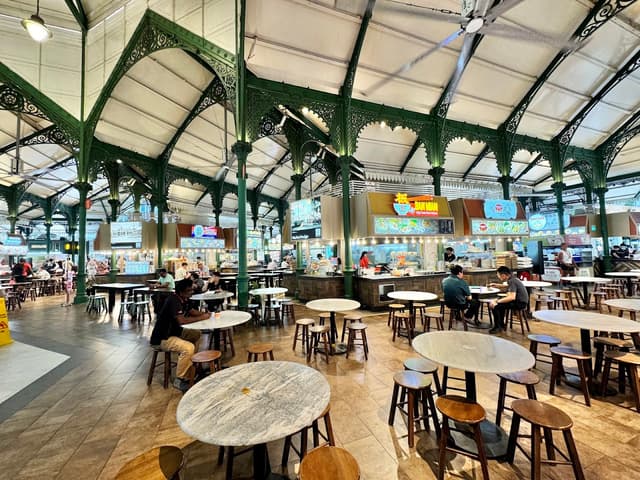
Dinner high-end:
If you're looking for a high-end restaurant experience, these places deliver:
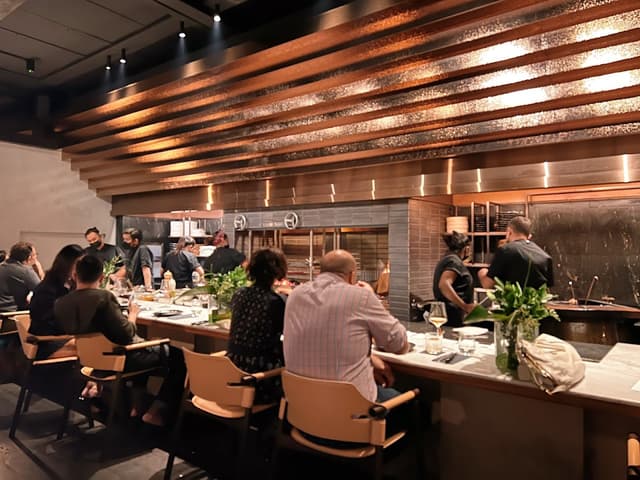
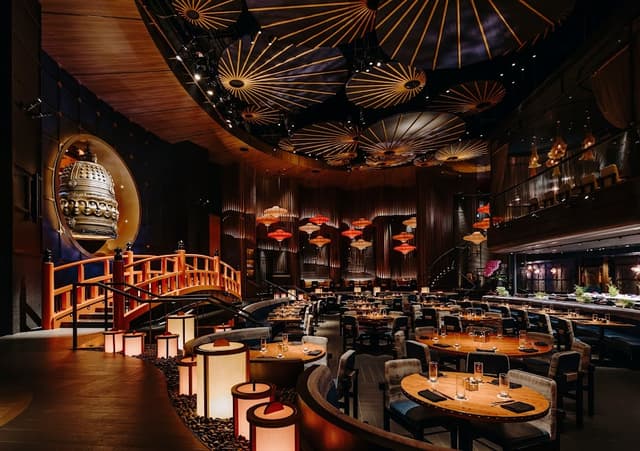
Nightcap at Taylor Adam:
After the long day I doubt you'll be up for a nightcap but if you are, you have to go to this amazing speakeasy bar. Reserve online before you go.
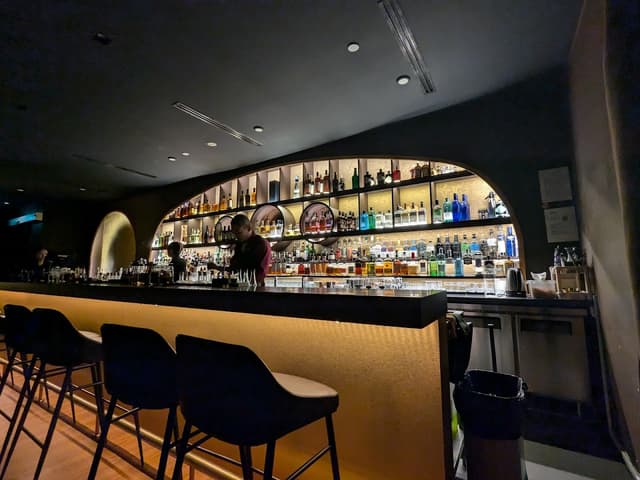
Day 2:
Chinatown and Financial District
Architectural Walk:
Wander through the four sections of Chinatown: Tanjong Pagar, Bukit Pasoh, Kreta Ayer, and Telok Ayer. Discover the architectural styles from the early 1840s to today.
Chinatown in Singapore is a fascinating blend of old and new, reflecting its rich cultural heritage and historical significance. The architecture in Chinatown can be categorized into six distinct styles:
—Early Shophouse Style (1840s-1900s): Characterized by simple two-story buildings with minimal ornamentation. These shophouses served as both commercial and residential spaces, typically with a shop on the ground floor and living quarters above.
—First Transitional Shophouse Style (1900s-1940s): These shophouses began to show more decorative elements, including plaster motifs and intricate wooden windows. The influence of European architecture became more apparent.
—Late Shophouse Style (1940s-1960s): Featuring colorful tiles, more elaborate facades, and the introduction of modern materials like concrete. This period saw a mix of traditional and contemporary design elements.
—Art Deco Shophouse Style (1930s-1960s): Marked by geometric patterns, clean lines, and the use of reinforced concrete. This style reflected the global Art Deco movement, adding a unique flair to the local architecture.
—Modern Shophouse Style (1960s-present): These shophouses incorporate modern design principles, with larger windows and less decorative elements, focusing on functionality and simplicity.
—Contemporary Style: Modern buildings that still pay homage to traditional designs. These structures often feature sleek lines and modern materials while retaining the cultural essence of the area.
Exploring Chinatown’s architecture offers a glimpse into Singapore’s evolving history, with each style reflecting different periods and cultural influences. Don't miss the chance to visit notable buildings like the Buddha Tooth Relic Temple, which showcases Tang Dynasty architectural style, and the Sri Mariamman Temple, Singapore’s oldest Hindu temple with its colorful and intricate gopuram (entrance tower).
Lunch at a Hawker Centre in Chinatown (Affordable):
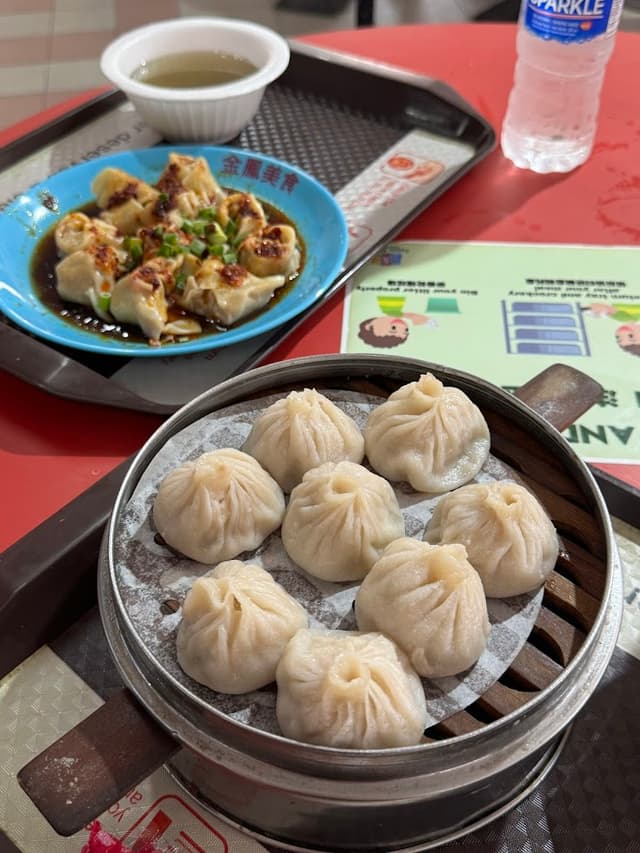
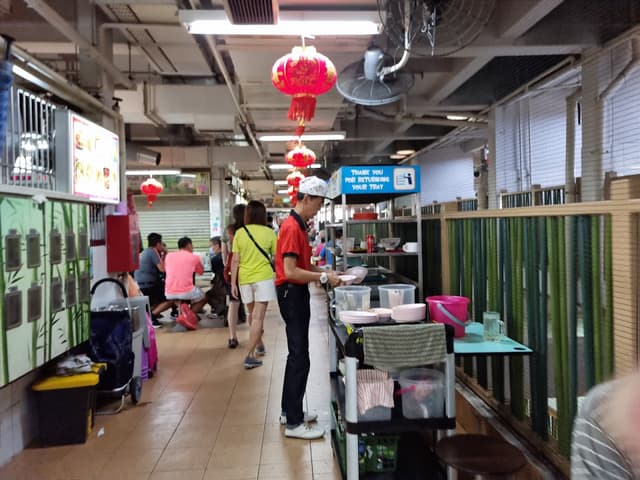
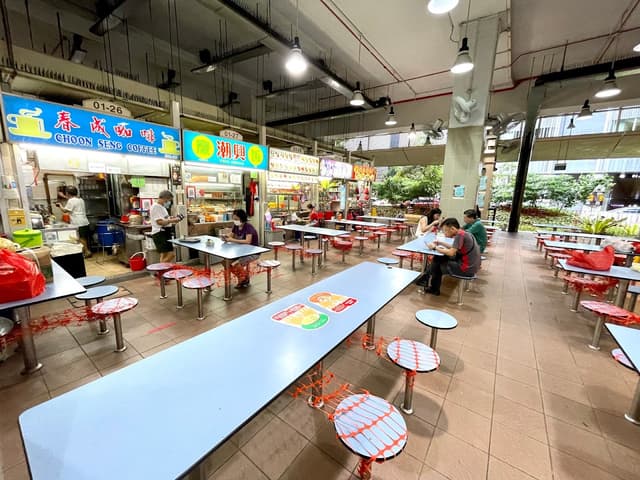
Lunch at a restaurant (affordable)
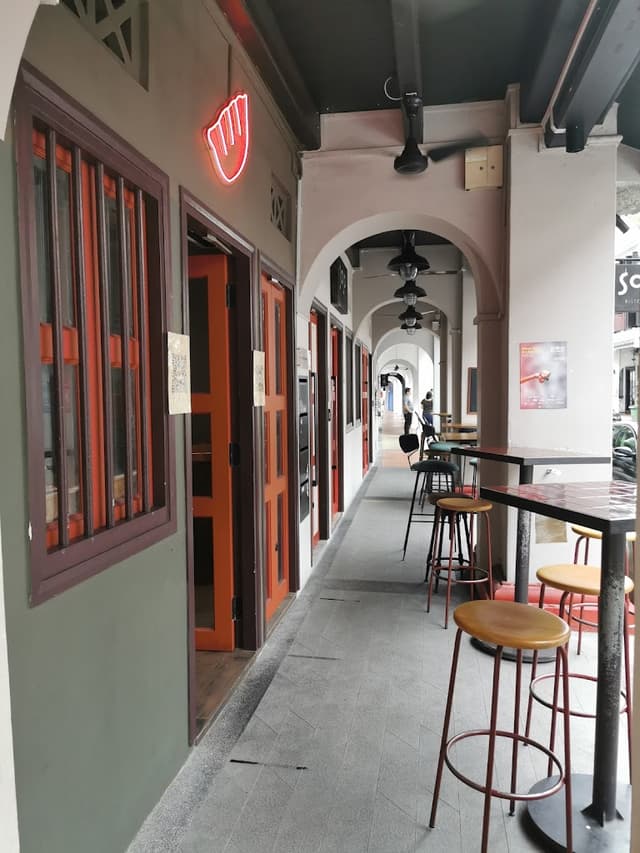
Lunch at a restaurant in Chinatown (high-end)
If you're not interested in hawker centers, here are some restaurants in Chinatown that are more up your alley, they are all expensive.

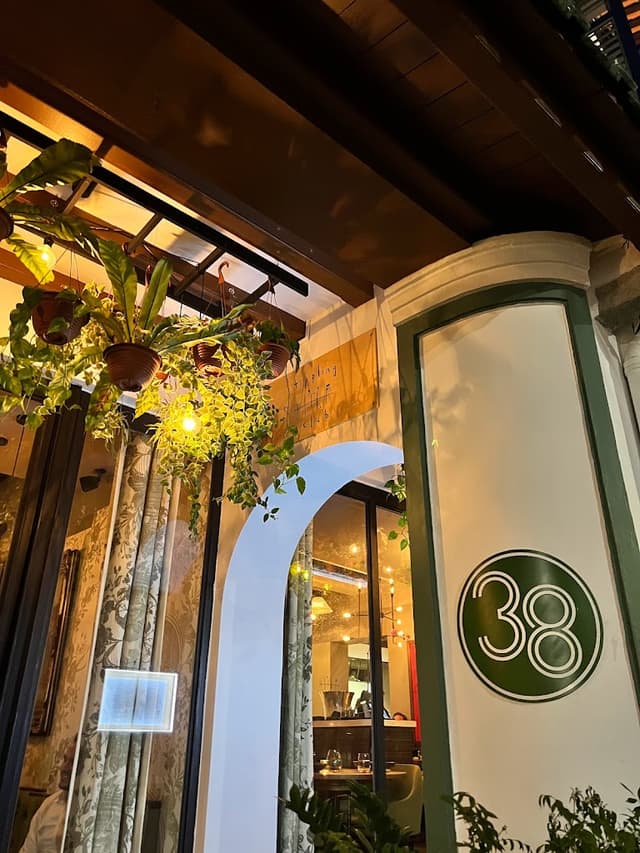

Bookstore for souvenirs

Yixing Xuan Teahouse:
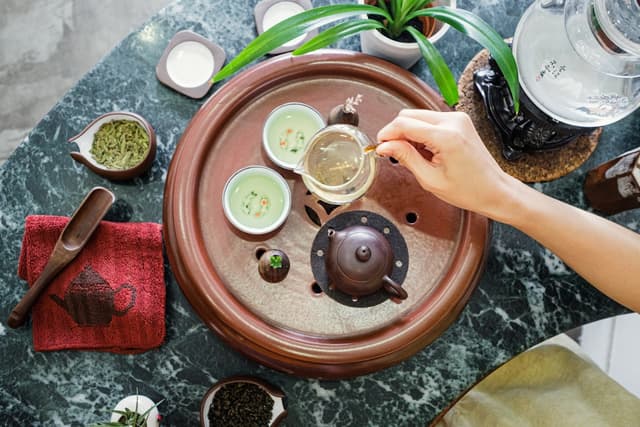
Dinner (affordable)
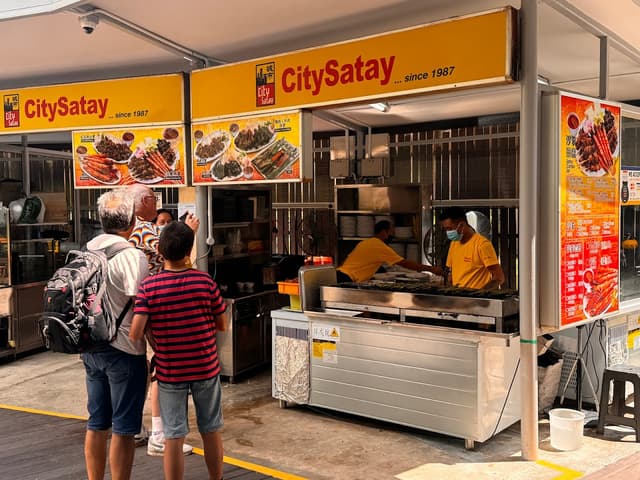
Dinner (high-end)
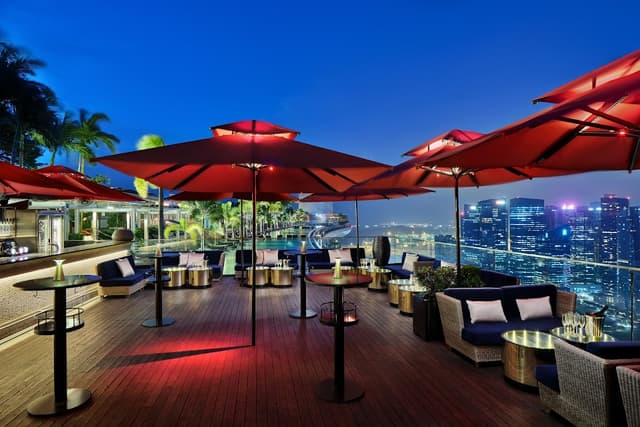

Gardens by the Bay Light Show:
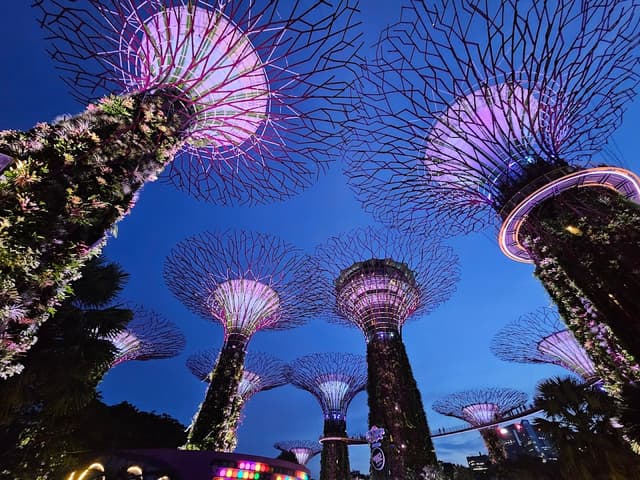
Drinks at Lavo Rooftop:

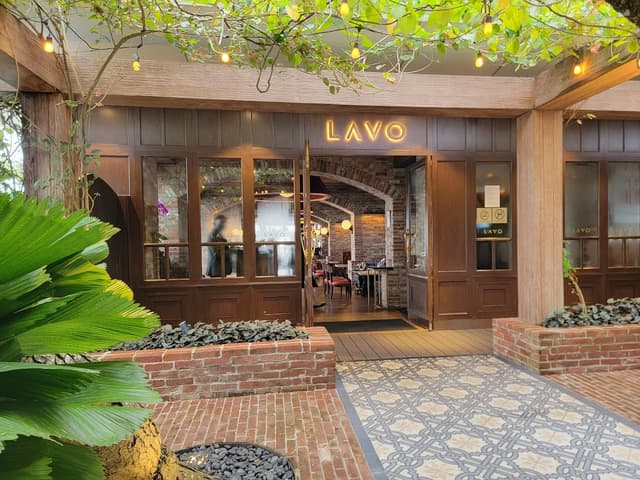
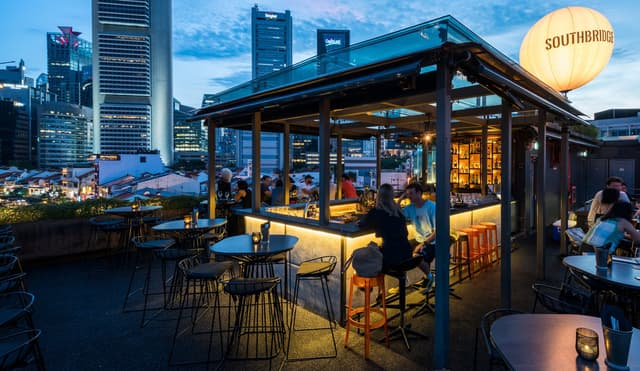
Day 3: Marina Bay Area Exploration
Gardens by the Bay:
Entry to the park is free and you can walk around it without paying for anything. But if you want to go on the attractions, there's a fee you have to pay. To skip the line I advise purchasing tickets in advance. But if you don't have time, the line moves pretty quickly, we waited 5 minutes for our turn.
The tickets can become quite expensive and after having purchased almost all the attractions, these are the ones I would absolutely re-purchase:
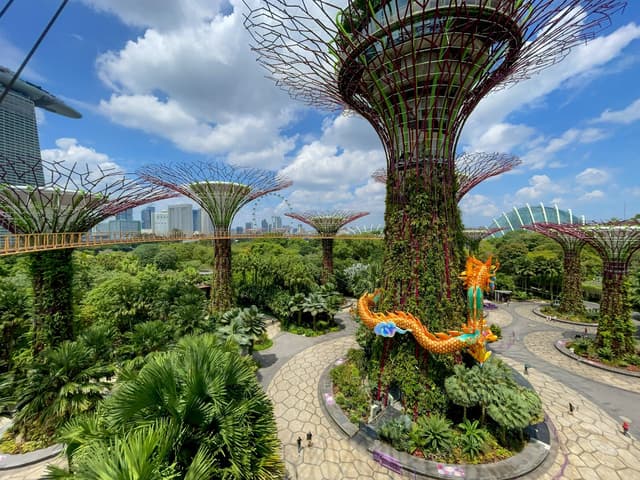
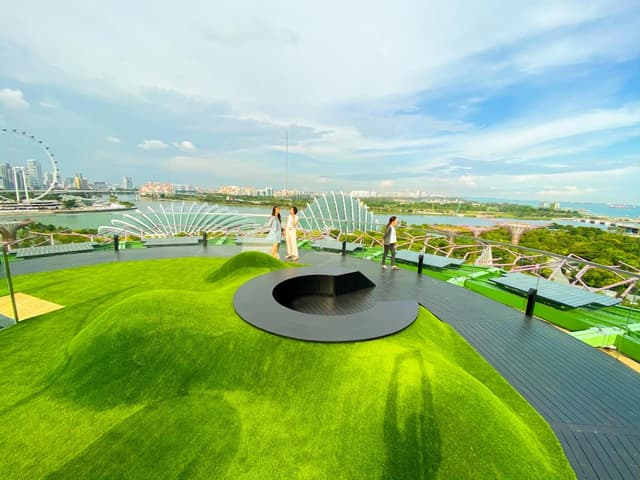
I wouldn't repurchase the following though, unless you're a botanics lover (in that case the flower dome is great) and if you have kids (the Cloud Forest will be of their liking):
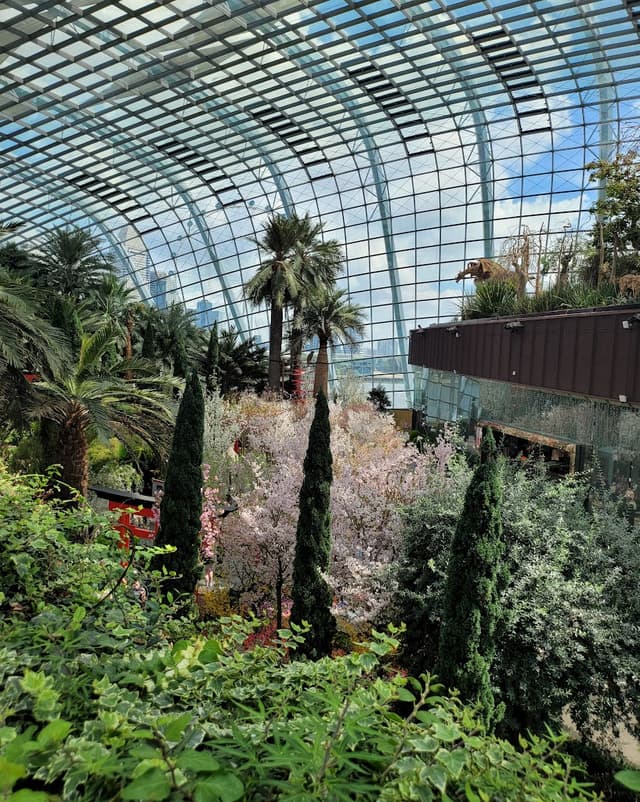
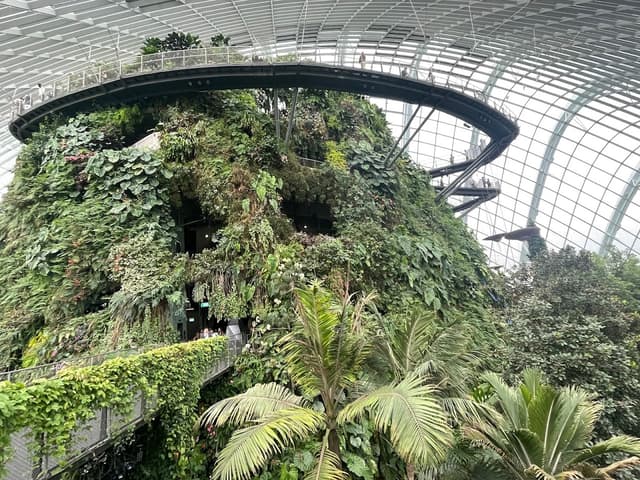
Lunch
Walk from the Gardens by the Bay to the Marina Bay Shopping Mall to have lunch at one of the many restaurants. I recommend Din Tai Fung, although it's a chain it's good and budget-friendly, but there are loads of great options.
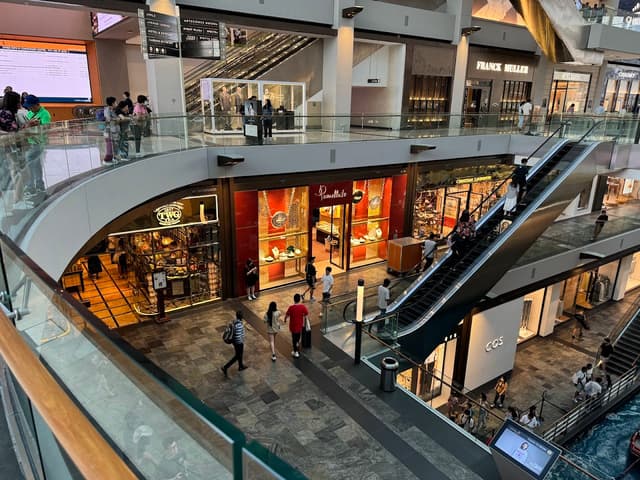
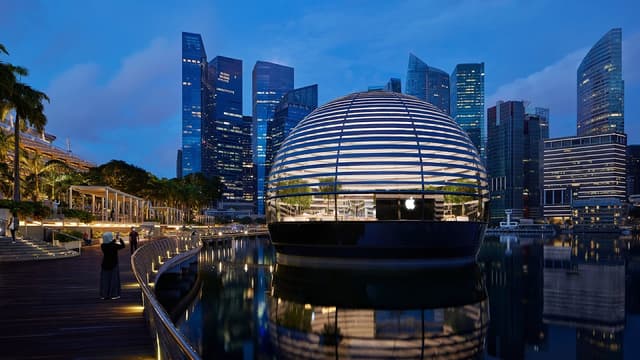
Afternoon:
Explore Kampong Gelan, Singapore's Muslim quarter. To get there, walk to Bayfront MRT Station (Downtown Line or Circle Line) – about a 5-minute walk from Marina Bay Sands. Take the Downtown Line towards Bukit Panjang and get off at Bugis MRT Station (just 2 stops away). Then walk to the following places:
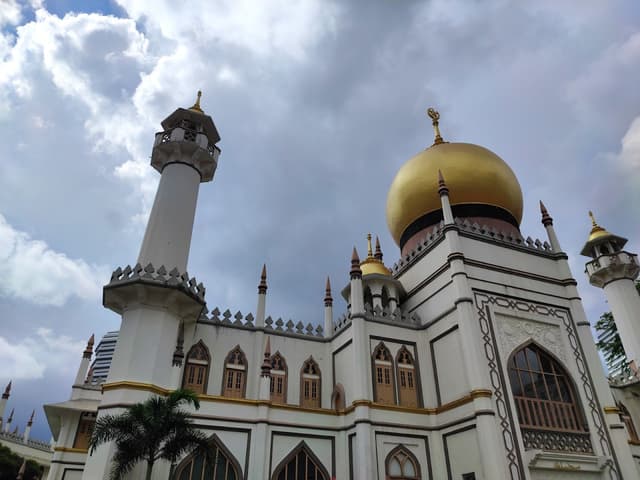
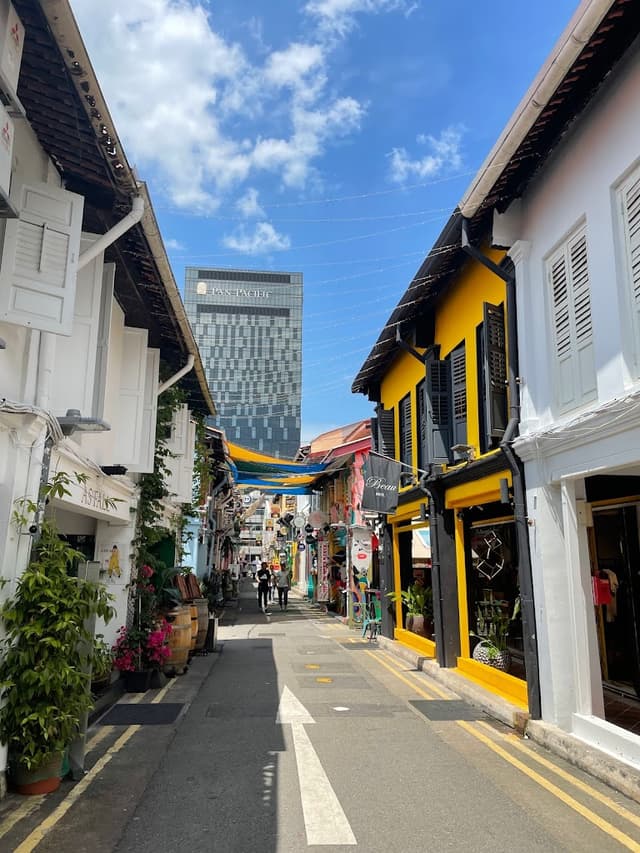
Street art in Kampong Gelan:
Kampong Glam is a vibrant street art hotspot, particularly along the stretch between Victoria Street and North Bridge Road. This area features works by Ernest Zacharevic, known for his murals in Penang's Georgetown, and other artists like ZNC and JabaOne. Aliwal Street, home to the Aliwal Arts Centre and the RSCLS crew, is unique for its frequently changing murals. Haji Lane and nearby streets offer a colorful blend of street art and traditional shophouses, making it a popular spot for photographers and art lovers alike. The ever-evolving murals here add a dynamic, creative energy to the neighborhood.
Dinner:
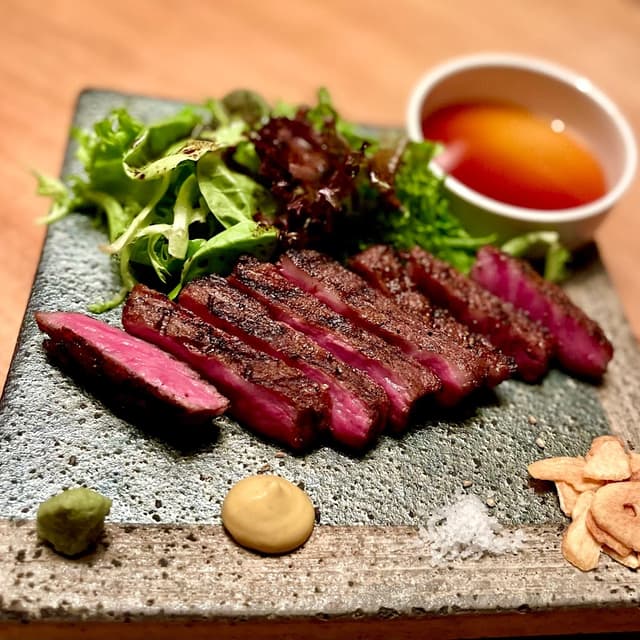
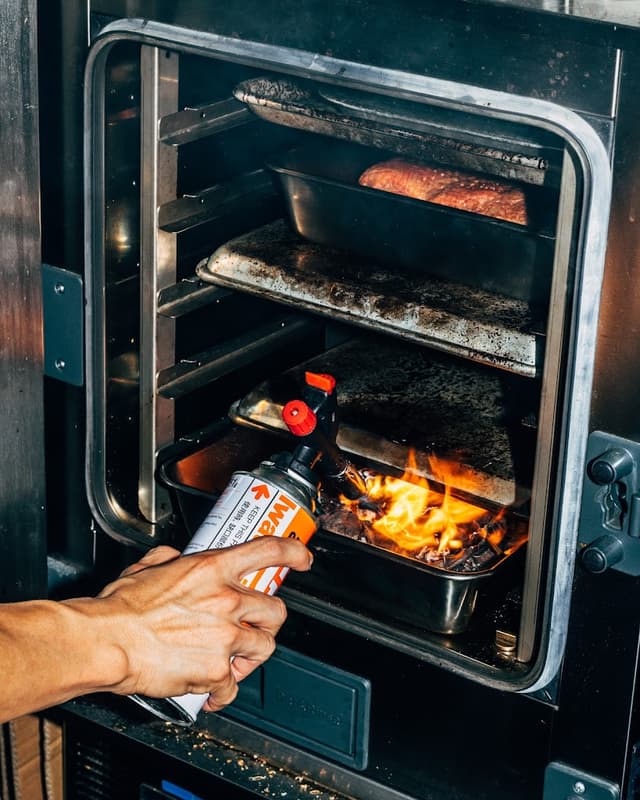
Day 4:
Early Morning Departure
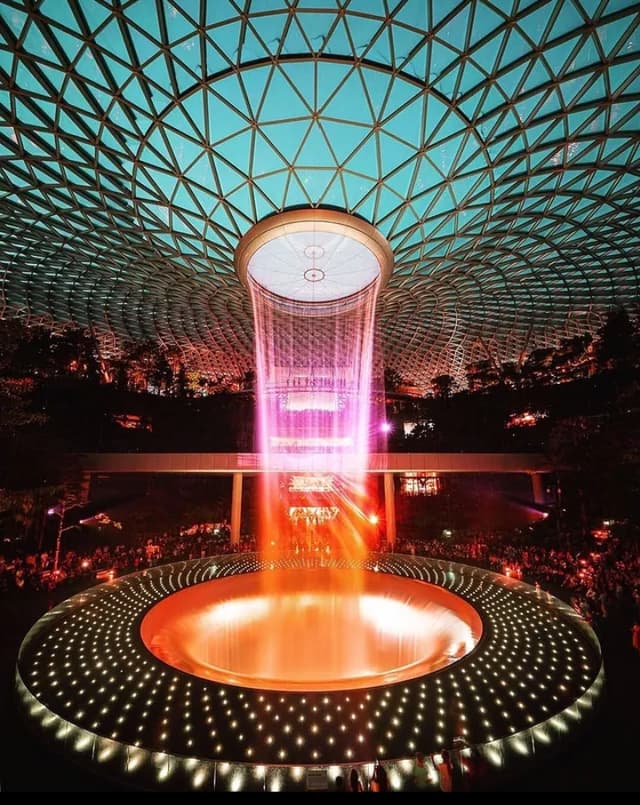
***Note: the JEWEL Rain Vortex operating hours are the following:
Monday - Thursday: 11am - 10pm
Friday - Sunday: 10am - 10pm
Check the Changi Airport just in case as operating hours can change:
Important Information about Traveling to Singapore
Visa
Visa requirements vary depending on your nationality. Many Western countries enjoy visa-free entry for up to 90 days, but always check the latest information before planning your trip.
SGCA (mandatory)
You will need to register for a Singapore Arrival Card starting from up to 3 days before your arrival to Singapore. The easiest way to do this is by downloading the MyICA Mobile app, scan your passport and fill in the details.
Currency in Singapore
The official currency is the Singapore Dollar (SGD). Here’s a rough conversion guide:
1 SGD ≈ 0.74 USD
1 SGD ≈ 0.68 EUR
Rates may fluctuate, so check before your trip. Most places accept credit cards, but it’s useful to carry some cash for hawker centers and small vendors.
Plug for Electricity
Singapore uses 220-240 volts AC with power plugs that have three square prongs (Type G). Be sure to bring a universal plug adapter to charge your devices.
Travel Insurance
It’s always smart to have comprehensive travel insurance that covers medical emergencies, trip cancellations, and lost belongings. With the variety of activities you’ll be engaging in, better be safe than sorry. We had a smooth trip but we heard of some travelers who got food poisoning.
It’s always smart to have comprehensive travel insurance that covers medical emergencies, trip cancellations, and lost belongings. With the variety of activities you’ll be engaging in, better be safe than sorry. We had a smooth trip but we heard of some travelers who got food poisoning.
If you're looking for comprehensive travel coverage, Heymondo is an excellent choice. Their tech-savvy approach simplifies the insurance process, and their app lets you manage your coverage and access support easily.
🔥 Special Discount! Use my link to get 5% OFF your Heymondo insurance as a thank you for being my reader!
How to get Internet on your phone when traveling to Singapore?
You don’t need to get a physical sim card! Make your life easier and get a virtual SIM (aka eSIM). I used Airalo and I highly recommend it. Airalo is an eSIM service that allows you to easily obtain a local SIM card right from your smartphone. This service is affordable and offers reliable mobile data access without the need for physical SIM cards. They have various plans, from country-specific to regional plans, based on the number of days you’re staying in the country. Purchase it and just follow the instructions to activate it.
P.S. If you're visiting more countries in Southeast Asia, purchase the Asia Regional eSIM plan
Malaysia & Singapore 2-week Itinerary:
Since you're in Southeast Asia already, you might as well visit the bordering Malaysia! If you have 2-3 weeks for traveling, mixing these two countries offers the perfect mix of cosmopolitan and natural beauty. Kuala Lumpur is just a one-hour flight from Singapore, so it's definitely a great combo.
You can cover significant ground in two or three weeks, it all depends on how much time you spend in the various destinations. In case you're interested, I've crafted an itinerary below. Just know that some of the destinations within this itinerary aren't the easiest to reach and require a mix of air + land + sea transfers. The itinerary is designed to allow you to spend less time in airports and layovers, but it requires a bit of flexibility.
Here’s the stops I would take, optimized by traveling time:
Kuala Lumpur
Arrive at KL and spend 2 nights here, on the third day, leave for Cameron Highlands.
Get my KL guide
Cameron Highlands
Spend one night at Cameron Highlands and the next day, after the sunrise tour (10.30am/11am) take a private transfer that drops you off at the Kuala Lumpur International Airport to board a flight to Singapore.
Singapore
Spend 3 nights in Singapore and then catch a flight to Mulu National Park in the morning.
Mulu National Park
Spend 2 nights in Mulu National Park and then catch a flight to Kuala Lumpur or Penang.
Penang or Kuala Lumpur
If you want to visit Penang, stay two nights in Penang and then catch a flight to the Perhentian Islands early in the morning. (Penang is not included in this itinerary as I haven't been there).
Otherwise, you could take your flight from Mulu to Kuala Lumpur and spend the night in Kuala Lumpur (my recommendation is to stay at the airport because the flight to Kota Bharu for the Perhentian Islands departs early in the morning to then catch the early morning flight to the Perhentian Islands.
Perhentian Islands
Spend 5 nights in these beautiful islands.
Get my Perhentian Islands guide:
Kuala Lumpur
Spend 1 more night in Kuala Lumpur, ideally with a full day before your departure back home.
The home for unique & authentic travel












